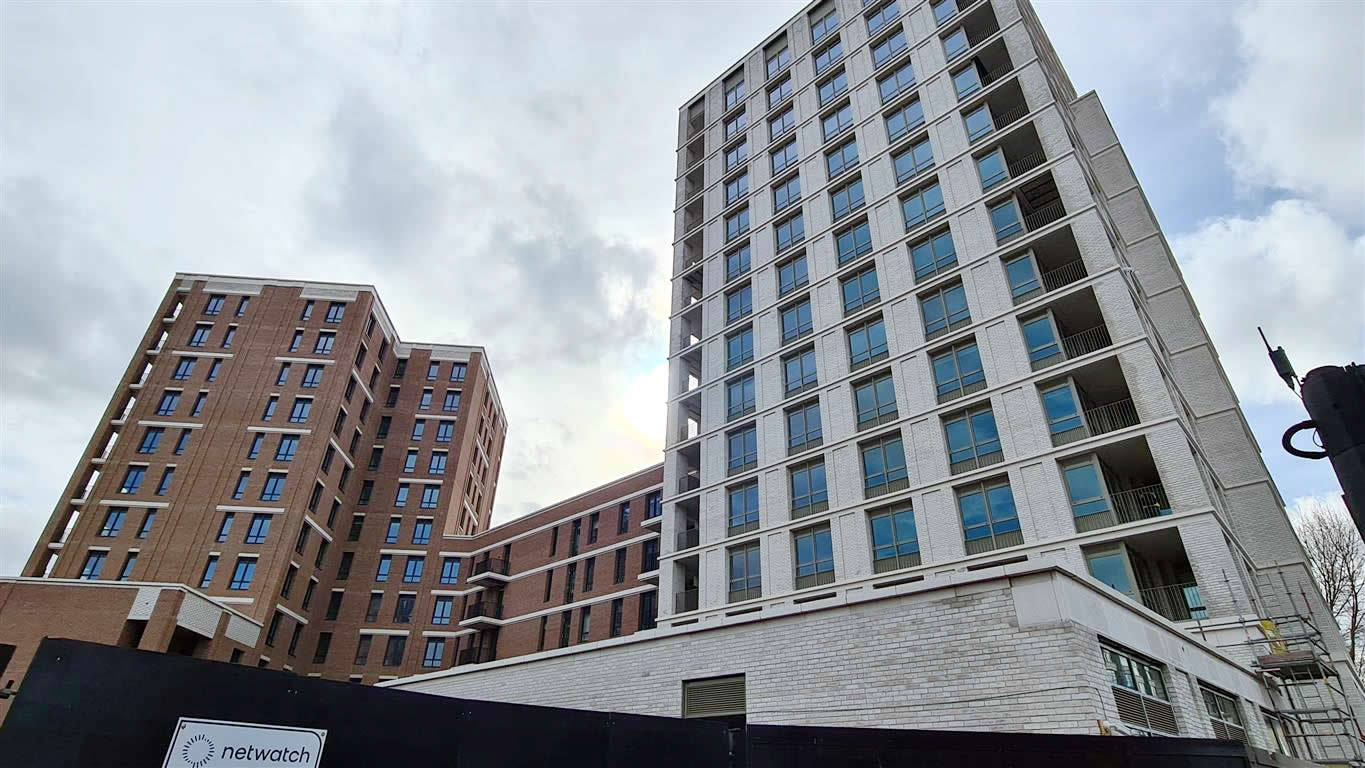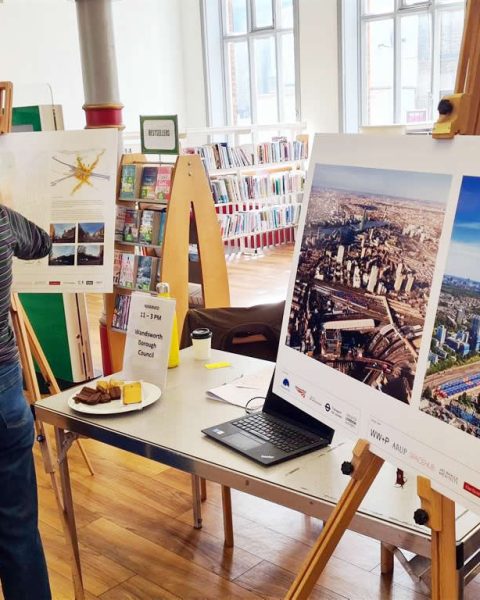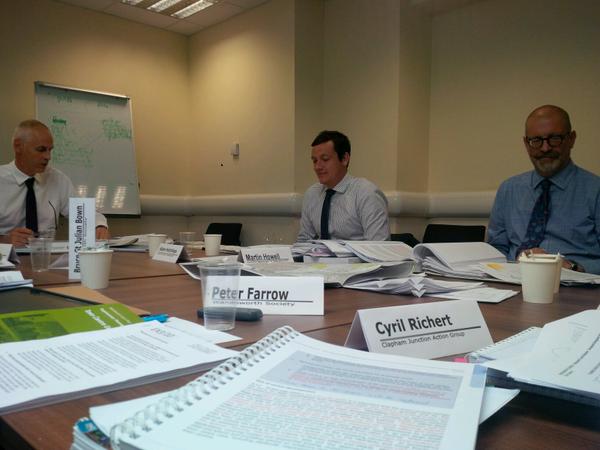Wandsworth is updating its Local Plan to require more affordable and social rented housing, with new policies currently under review and adoption expected in 2026
Wandsworth’s most recent update on the Local Plan is a Partial Review focused on strengthening affordable housing policies. The current Local Plan, adopted in July 2023, sets the borough’s development strategy through 2038 and the new submission is just a partial review of the current existing document.
The final public consultation on these proposals ran from 13 January to 24 February 2025. With the submission confirmed at the last Planning forum meeting at the very end of April, the document is now into the hands of the Planning Inspectorate who has to decide a time to conduct their review.
While the proposed changes update several areas for consistency and clarity, the most significant reforms are contained in Policy LP23 on Affordable Housing. These changes focus on three key areas:
- Make mandatory for new housing developments in the borough to include a minimum of 50% affordable homes on-site.
- Get a higher percentage of new affordable homes to be genuinely affordable, with a preference for a 70/30 split in favour of social rent.
- A contribution of £50,000 per unit will be requested on smaller development sites that currently fall below the threshold of 10 or more homes (this is a flat amount applied borough wide to make the process simpler).
The importance of a Local Plan
Our regular readers will know that we often end up complaining that developments are approved that aren’t in line with the plan. Part of this is about size of buildings and urban density – as there are a lot of developers out there who’ll get their hands on a small building somewhere, do the sums and realise that if they can build thirty five storeys on it = more profit, and try to force it through the system no matter what.
- Read our article: Gasworks site: “It’s a joke! I understand how the public lose faith in the Council”
The Local Plan, which sets out which areas are suitable for major developments and which are not, is one of relatively few things that can be used to stop this sort of nonsense.
The Plans are reviewed and approved by central government (the planning inspectorate) – and if a developer appeals against a planning refusal, a key question that will test whether the appeal is granted or not will be whether it is consistent with the local plan or not (and as an aside, a few local authorities are so incompetent that they haven’t got agreed local plans, which in practice means there’s a development free-for-all as those Councils have no coherent arguments against anything!).
Will Wandsworth’s ambitious affordable housing policy deliver in practice?
But maybe the more fundamental question is – will the new policy actually work? Because having a local policy requiring something will only have an actual effect if developers then follow through with it and build developments.
One clear risk is that developers will continue submitting proposals with affordable housing levels well below the 50% target, claiming that higher provision simply isn’t viable.
These claims are often backed by questionable ‘viability assessments’—sometimes so flimsy they might as well have been written by a friend of a friend—miraculously concluding that projects are unworkable with affordable housing included. Yet, once the affordable element is reduced or removed, the same developers often report robust profits to their shareholders. Steve Cowan, leader of Hammersmith and Fulham since 2014, once famously said that “These assessments are not worth the paper they’re written on, I often just put them in the bin.”
Wandsworth has played it well here – bringing their own in-house viability experts to properly assess the dubious claims of many developers – people who can make an informed assessment of whether what developers are claiming is in any way credible. This was discussed in the meeting, and is something that we see as wholly sensible.
Another danger is harder to manage, which is that developers may just build out other more profitable parts of their portfolios.
This would have been a fairly low risk back in the boom years in the 2010s when it was go, go , go for flats in Battersea riverside and Nine Elms, and where areas like Wandsworth Town centre were also seeing a fair but of interest and activity. But that was then – and blocks of flats have seen a quite notable decline in attractiveness over the last few years, making margins tighter and slowing development across the board.
The first dent in confidence was Brexit, which his London’s economy especially hard. This was followed by the Grenfell fire and ensuing cladding crisis that landed owners and residents with years of fear and uncertainty – and which made many of them rather hard-to-sell for years. It got worse as Covid made people question the desirability of living in flats in the first place, and undermined city centre working for several years, and as attention focussed on the growing scandal of out-of-control service charges and rogue managing agents essentially holding their leaseholders to ransom and making their flats unmortgageable.
And the core economics have also been getting more difficult – as the regulations applying to a new builds (access routes, materials, thermal efficiency, you name it) have made larger buildings increasingly complicated to deliver – and make it quite hard to deliver the right product at a price that’s competitive to any buyers.
This is leading to a few things. The first is a growth in European-style build-to-rent developments, like the immense eighteen-tower New Grounds project that has just completed in Wandsworth, with 1,034 flats all of which are build-to-let rather than for sale – one of the largest developments in the UK of this nature)
- Read our article: More density proposed for Homebase and B&Q sites in Wandsworth
It is also a shift towards developments that are more profitable to build and less tightly bound by affordability requirements – like dedicated student housing & col-living blocks and ‘specialist’ housing like managed retirement flats (which feature quite notably in the amended next stage of the Battersea Power Station development, in a change from previous plans.
- Read our article: First co-living application for York Road refused
All this really means that we’re not likely to really see any of the big developments any time soon – so we can’t really rely on them providing any affordable housing either!
There are very few ‘mega projects’ in the works at the moment – with Wandsworth gasworks getting going, the Ram brewery gradually inching towards completion after a long hiatus, and some progress at Ransoms Wharf.
- Read our article: Work is starting again on the Ram Brewery site, renamed Wandsworth Mills
There is even less in the pipeline where the level of affordable housing can be influenced, with the end of the development along the riverside as more or less all sites are now built, and a clear slowing down of bigger developments more generally.
The impact of developments on smaller sites
This has led to a renewed focus on developments on smaller sites, which have been progressing a bit more smoothly, and are responsible for a not insignificant number of sites in the Borough.
Their impact on affordable housing was also discussed at the Planning Forum; the general approach being to request a financial contribution towards affordable housing, something other Councils have been doing for a number of years; again the in house ability to make better viability assessments will help to assess what are reasonable contributions.
Though these cash contributions are not in themselves the solution to affordable housing: the sheer density of existing development in Wandsworth means there are situations where the Council has cash to spend on new affordable housing, but doesn’t have the sites available.
In an ideal world, there’s also be more of a push on those ‘alternative’ development models – the student housing, the co-living, the retirement housing – to get them to a similar level of 50% affordability. But this is a tricky one to make happen – Wandsworth has been there before with the Local Plan, and we understand the Inspectors didn’t really take to it. There are a few more years of evidence to help with the arguments now – and applying the requirements there could be justified on the grounds of overriding market need for affordable housing.
The revised Local Plan is expected to be adopted in early 2026—strategically positioned just before May’s local elections—which could prove crucial to the Labour Council’s efforts to maintain majority control of Wandsworth.


















